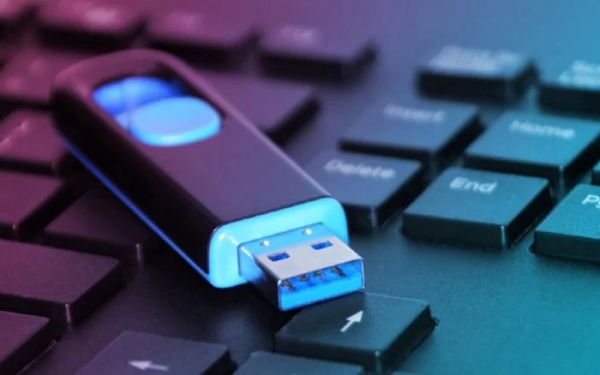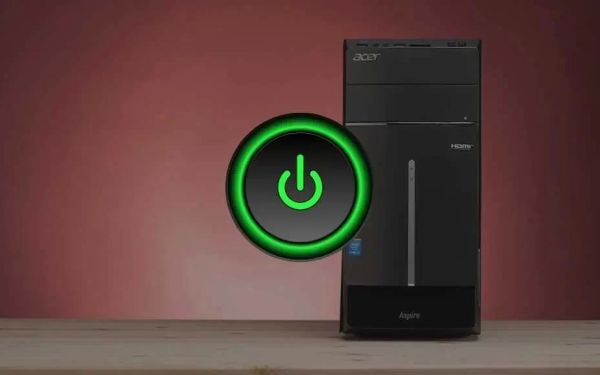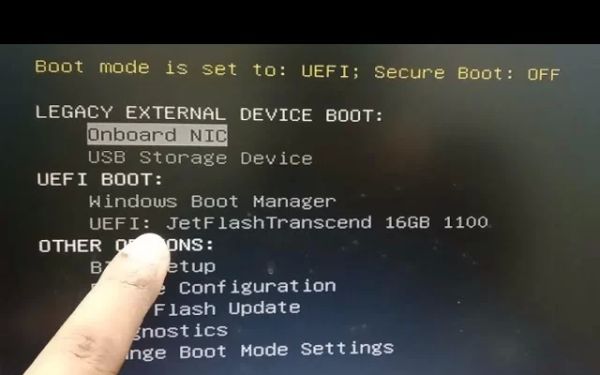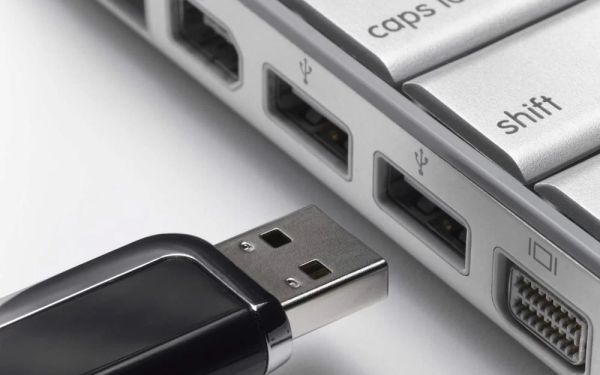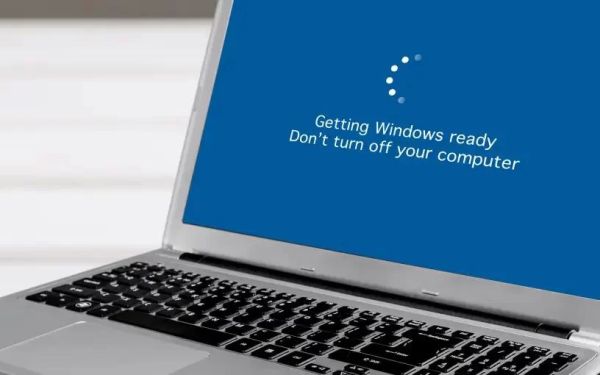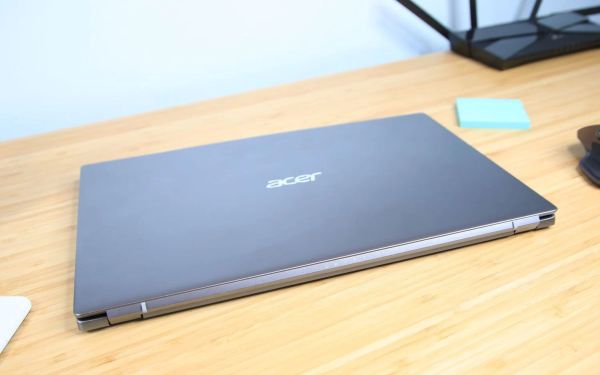How to Boot Acer Laptop from USB: A Complete Guide
- Understanding Acer Boot from USB
- Step-by-Step Guide to Booting Acer from USB
- Troubleshooting Acer USB Boot Issues
- Why Use USB to Boot Your Acer Laptop?
- Enhance Your Booting Experience with Ninja Stik
1. Understanding Acer Boot from USB
Booting an Acer laptop from USB is a handy process that can help with system repairs, installing a new operating system, or even running a diagnostic tool. When you boot from USB, your laptop bypasses the internal hard drive and uses the data stored on a USB flash drive instead. This is especially useful for situations where your operating system is corrupted or you need to install an OS from scratch.
Most Acer laptops allow you to boot from USB, but you must enable the option in the BIOS settings or use the boot menu. This process is simple once you know where to look and what settings to adjust. Let’s walk you through the essential steps for successfully booting from USB on your Acer laptop.
2. Step-by-Step Guide to Booting Acer from USB
Here’s a detailed guide on how to boot your Acer laptop from a USB drive. Follow these steps carefully to get started:
2.1. Prepare Your USB Drive
Before booting your Acer laptop from USB, you need to make sure your USB drive is properly set up. If you’re using the USB for installing an operating system or running a live Linux distro, make sure that the USB is bootable. Tools like Ninja Stik can help you create a bootable USB quickly and easily.
2.2. Insert the USB Drive
Once the USB drive is ready, insert it into one of the available USB ports on your Acer laptop. Ideally, use a USB 2.0 or 3.0 port located on the sides of your laptop. Make sure the laptop is turned off before you proceed to the next step.
2.3. Access the BIOS/UEFI Settings
To boot from USB, you need to access the BIOS or UEFI settings of your Acer laptop. Turn on your laptop and immediately start pressing the F2 key (on most Acer models) until the BIOS menu appears. If F2 doesn’t work, you might need to use the Del key or refer to your specific Acer model’s manual for the correct key.
2.4. Modify the Boot Order
Once inside the BIOS/UEFI settings, look for the Boot Order or Boot Priority option. This section determines the sequence of devices from which your laptop will boot. Move your USB drive to the top of the list. Typically, you can do this by selecting the USB device and using the +/- keys to adjust its priority.
Save the changes and exit the BIOS (usually by pressing F10 or selecting "Save & Exit"). Your laptop will now attempt to boot from the USB drive first.
2.5. Boot from USB
After restarting, your Acer laptop should boot directly from the USB drive. If the USB drive is bootable, you’ll see the operating system or tool you’ve prepared loading onto your screen. If you don’t see this, it could indicate a problem with the USB drive or BIOS settings.
3. Troubleshooting Acer USB Boot Issues
While booting from USB on Acer laptops is usually straightforward, you may encounter some issues along the way. Here are a few troubleshooting steps:
3.1. USB Drive Not Detected
If your Acer laptop isn’t recognizing the USB drive, make sure it’s properly inserted into the laptop’s USB port. Also, check that the USB is bootable—use tools like Ninja Stik to create a reliable bootable USB. Try using a different USB port or USB drive to rule out hardware issues.
3.2. Incorrect Boot Order
If the laptop doesn’t boot from the USB despite making changes in the BIOS, double-check the boot order settings. Ensure that the USB drive is listed as the first boot option. In some cases, the BIOS settings may reset after a power loss, so recheck the settings if the laptop continues booting from the hard drive.
3.3. Secure Boot Issues
Some Acer laptops have Secure Boot enabled by default, which can prevent booting from unauthorized sources like USB drives. To disable Secure Boot, go to the BIOS and find the Secure Boot setting under the Boot tab. Disable it and save the changes. After this, your Acer laptop should boot from USB without issue.
4. Why Use USB to Boot Your Acer Laptop?
Booting from USB offers several advantages. First, it allows you to install or repair an operating system without needing a DVD drive or relying on a potentially faulty internal hard drive. USB booting is also faster, as modern USB drives often provide faster read speeds compared to traditional hard drives.
Additionally, if you're dealing with system errors or need to run diagnostic tools, USB booting is the best option. It gives you the flexibility to run multiple tools or even test a different operating system entirely, all without affecting your main system's configuration.
5. Enhance Your Booting Experience with Ninja Stik
If you're looking for an easy way to create a bootable USB drive for your Acer laptop, the Ninja Stik is the perfect solution. This tool makes creating bootable USB drives a breeze, ensuring you’re always ready to boot from USB, whether it’s for OS installation, recovery, or running diagnostic tools.
With Ninja Stik, you get a simple and reliable method for preparing bootable USB drives, even if you’re not tech-savvy. Click the link to explore more and get started with your own Ninja Stik today!

